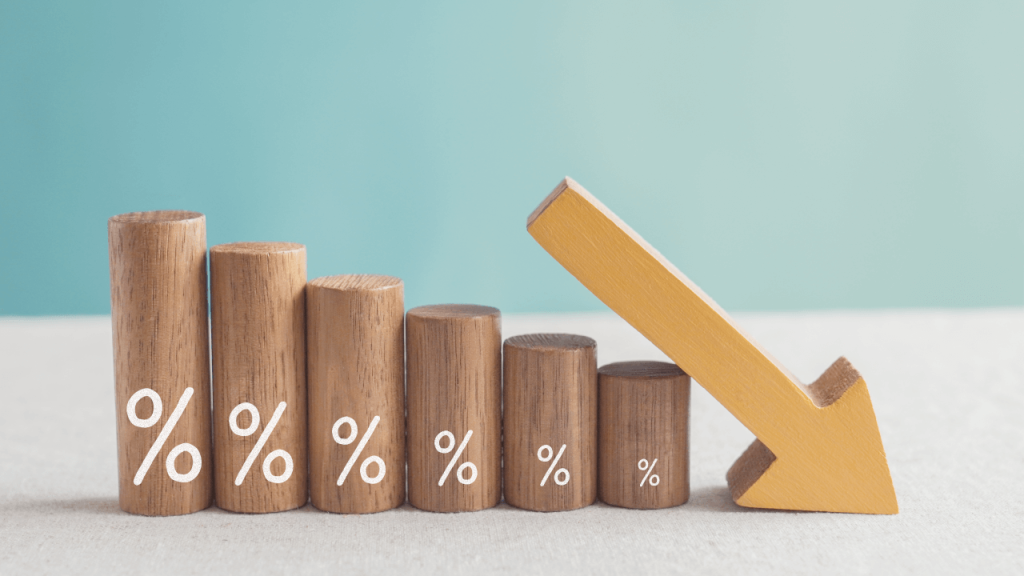
Competitive hotel rates aren’t guesswork; they’re a revenue management strategy. And when done right, this strategy can be one of your most powerful tools to drive profit, fill rooms and build loyalty.
NB: This is an article from Mews
Subscribe to our weekly newsletter and stay up to date
For starters, it isn’t just about being cheaper than the place next door. It’s about knowing your value, understanding your guests and pricing with purpose. Charge too much, and guests go elsewhere. Charge too little, and you could be undervaluing your brand. Great pricing strikes a balance that fills rooms, drives profits and keeps your reputation going strong.
Let’s delve a little deeper from an economic perspective. Competitive hotel rates: an economic perspective.
For starters, it isn’t just about being cheaper than the place next door. It’s about knowing your value, understanding your guests and pricing with purpose. Charge too much, and guests go elsewhere. Charge too little, and you could be undervaluing your brand. Great pricing strikes a balance that fills rooms, drives profits and keeps your reputation going strong.
Let’s delve a little deeper from an economic perspective.
The role of supply and demand
Demand for hotel rooms is constantly changing. Things like travel patterns, local events and shifting markets are always making waves. And with constant changes to demand, the pressure is on for pricing to keep up.
In the past, hoteliers had to do this manually. Today, tools can do the heavy lifting. Like Atomize, a Mews company. It analyzes demand patterns and adjusts rates accordingly, so you can find the right balance between attracting guests and driving revenue with minimal effort.
The role of price elasticity
Understanding the price elasticity of your market is important to filling rooms without leaving cash on the table. If your guests are price-sensitive, lowering your rate slightly could mean more heads in beds and more money in the bank. But if price isn’t their main trigger, dropping your rates could mean you’re simply missing out on revenue.
So, by keeping an eye on competitor rates and seeing how guests respond to pricing changes, you can be more strategic and set the best rates to maximize occupancy and revenue.
And the good news? You don’t have to do it manually. For hoteliers using Atomize, this is already built into the pricing algorithm. It automatically analyzes your hotel’s price elasticity and recommends rates that hit the sweet spot to find competitive hotel rates.




